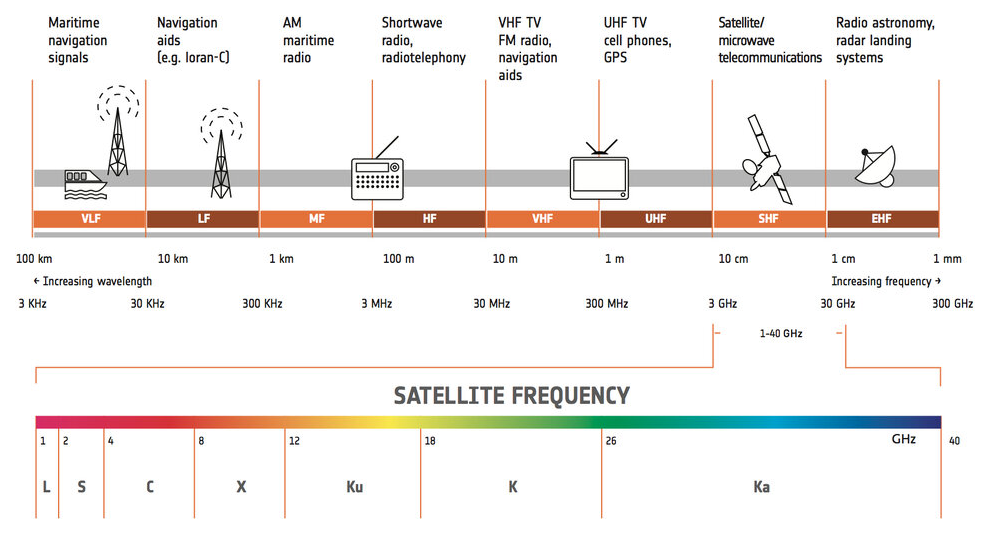Globally, a majority of the Earth’s population still lives further than 25 km from fibre optic network infrastructure135. This physical isolation from wireline network infrastructure, combined with low population density and topographical remoteness, all contribute to the unique challenges of connecting rural and remote communities.
In Canada, roughly 20% of the population lives in census-defined rural areas136. Over the last few decades, these communities have experienced significant economic diversification. Many rural residents no longer make their livelihood from agricultural or natural-resource production, and now require access to modern high-speed internet for educational and employment opportunities. Because of this, broadband advocates have looked to emerging technologies, such as Low Earth Orbit (LEO) satellites, as a solution to the last mile problem for people in rural and remote regionsThe global market for broadband internet services in physically isolated rural and remote communities is estimated to be in excess of 100 million households,148 of which over 18,000149 are in Canada. To reach this large potential market share, key technology and telecommunications industry leaders have begun examining new opportunities to provide broadband internet connectivity via satellites.
Background
Communications satellites that provide internet services can be deployed in one of three orbit ranges above the earth’s Earth’s surface , — as measured from the equator , — and in one of three satellite spectrum bands: C(4-8 GHz)-, Ku(12-18 GHz)- and Ka(26.5-40 GHz)-band150 137 (Figure 1522).
Broadband services via satellite can be categorized into two main groups: through a direct-to-home model and through a community aggregator model. In fixed or static satellite services the satellite stays in the same position relative to the earth station(s) and/or antenna(s) that are linked to that satellite.151
The community aggregator access model is not currently employed in Alberta. This is partly due to the impact of the Government of Alberta’s Final Mile Rural Connectivity Initiative (FMRCI), which included the 2013 Central Alberta Satellite Initiative. This initiative focused on direct-to-home broadband internet and made funding available to contribute to one-time satellite installation fees via Xplornet.152
Figure 22Figure 15. A Comparison of frequency bands and their corresponding characteristics
applications138.
Geostationary or geosynchronous (GSO) orbit satellites
Low Earth Orbit (LEO) Satellite
References
135ITU/UNESCO Broadband Commission for Sustainable Development. The State of Broadband 2019. Pg. 7. Accessed 10 June 2021.
136Hambly, H. and Rajabiun, R, (Telematics and Informatics), Rural broadband: Gaps, maps and challenges. June 2021.
Figure 16. The figure shows how static and non-static satellite services are used to provide telecommunications services to end-users:
1) through a direct-to-home model, in which satellite access is provided directly to end-users, and
2) through a community aggregator model, in which satellite transport provides a link between a satellite and an earth station,
and local access is subsequently provided to end-users.
References
148. CRTC. Transcript Hearing, May 9, 2016, line 15417. Accessed 18 May, 2016.
149. CRTC. Transcript Hearing, May 9, 2016, line 15298. Accessed 18 May, 2016.
150. CRTC. 137CRTC. Satellite Inquiry Report (2014). Accessed 18 May 2016.151. CRTC. Satellite Inquiry Report (2014). Accessed 18 May 2016.
152. Service Alberta. Final Mile Rural Connectivity Initiative ( n.d.). Accessed 18 May 2016.
153. Skyware Technologies. Ka vs Ku - An Unbiased Review. Accessed May 31, 2016
138European Space Agency. Satellite Frequency Bands. Accessed 24 June 2021.
